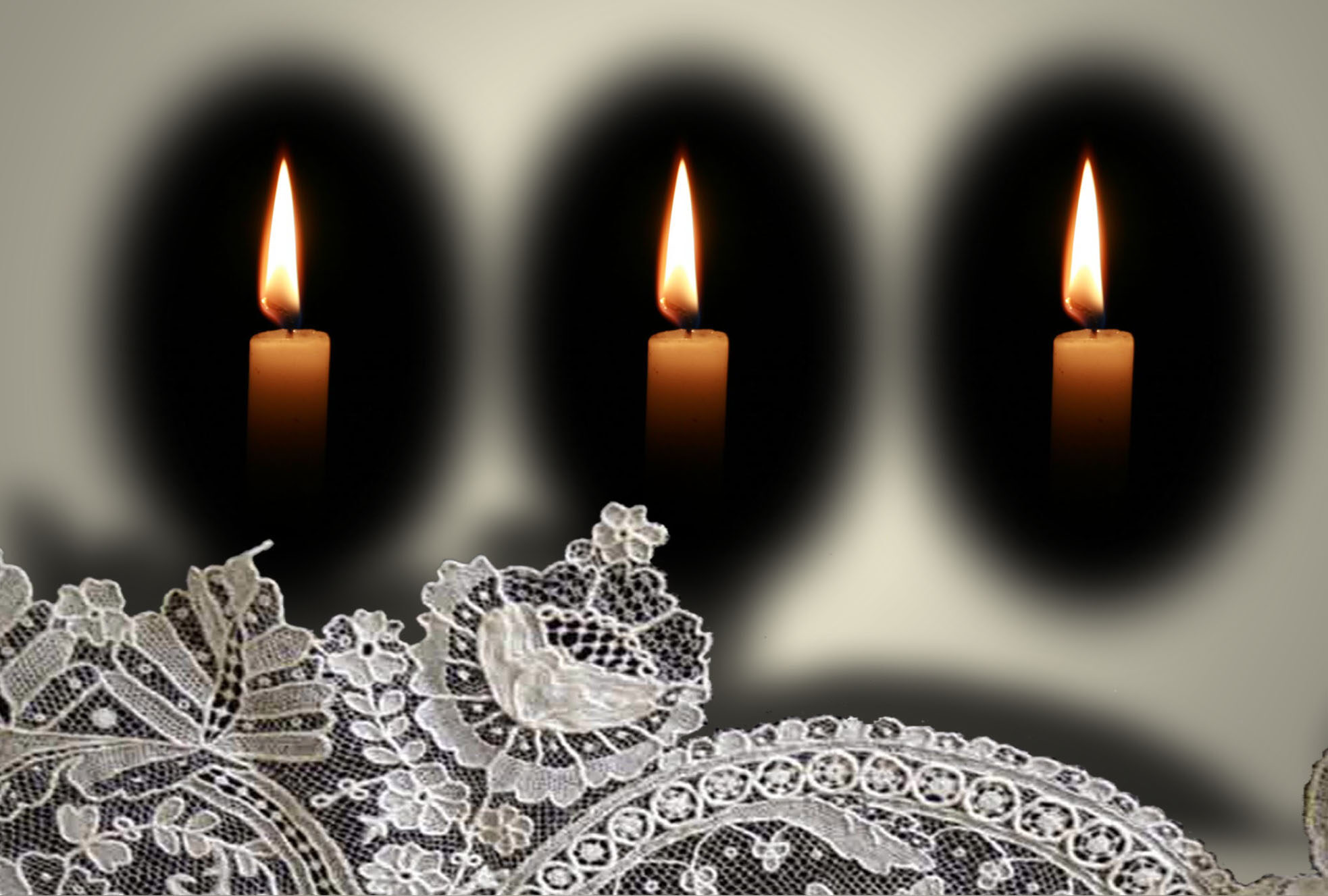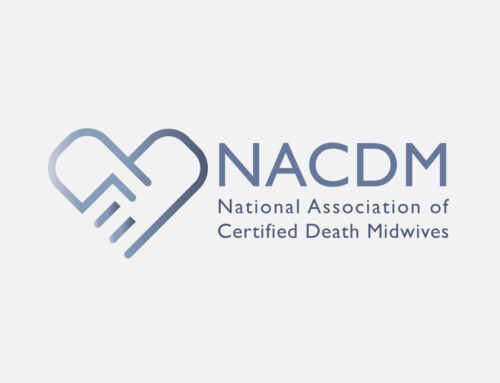
Death Midwifery – Old Lace and Candles
Part Two:
Three Flames of Death Work
A Death Midwife’s work doesn’t begin at the deathbed and end at the grave. Fortunately for many of us, the diverse training we receive introduces and prepares us for a spectrum of services that could begin years before death and extend far beyond the final breath. It is our individual calling and passion that pulls us deeply to one or many of the paths. I visualize that passion as flames along the journey, lighting the way.
While a classic image of a Death Midwife is one who is providing practical, spiritual and emotional support at the end-of-life, the creation of a meaningful death experience may begin weeks, months or even years before a death. Our work often reaches deeply into the family and community of the dead and dying as we empower them through the decision-making and grieving process.
First Flame:
Whether through “document parties” or Death Cafes, creating environments where individuals can grow more comfortable with discussing or planning for their own death or the death of loved ones is a way Death Midwives serve. Some are now providing support in end-of-life planning through palliative care teams. Some are being hired by primary care physicians to provide Medicare-covered limited advance planning as part of annual wellness visits. Some are actively involved in legislative work and being public advocates for green burial options. These options and more may take place independent of death vigil work.
Second Flame:
The classic image of the Death Midwife sitting at the bedside of a dying person fits into this Second Flame work. Among other things, this is the place where the Midwife’s presence is subtle and supportive, guiding and affirming in the journey toward the last exhale. If we have had the opportunity to spend that First Flame time with the dying and their beloveds we have a deeper sense of the desires and visions for those last days or hours…then moments. But it isn’t a requirement. The death threshold can be a place of subtle and subjective experiences, as well as a very real and visceral place of pain and struggle. Death Midwives who hold this Second Flame are loving, strong, and true to their passion for this aspect of journey, serving as non-medical support at the end of life.
Third Flame:
Home funerals are legal in all 50 states. Death Midwives provide or support the families in vigil and funeral planning, as well as body preparation. Because there are legal differences from state to state regarding body transport and disposition, as well as nuanced differences in the language that can be used in describing home funerals, a Certified Death Midwife is up to date on the requirements in their respective state. Additionally, some are artists and creatives who facilitate green casket and burial shroud decorating and other memory-infused experiences that return to the family the privilege of a more hands-on death experience.
Fueling the Flames of Passion:
Recent NACDM membership conversations have fueled our purpose in supporting Death Midwives in their areas of passion while weaving a collective of Certified Death Midwifes through our directory, ongoing dialogue, and membership programs. You can hear it in the voice and see it in the eyes when that spark of passion is touched. Death Midwives do not have to be passionate about, or even comfortable with, every aspect of death work. Understanding what animates and inspires us in this most important work is essential. Working together, we keep all of the flames burning brightly. As an organization and community we will work together, like communities and family have in the past, to reclaim the fullness of death and dying experiences.



